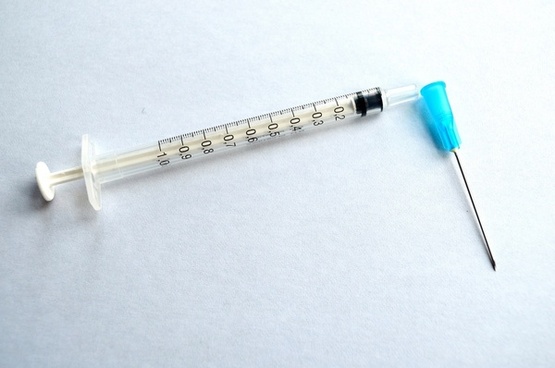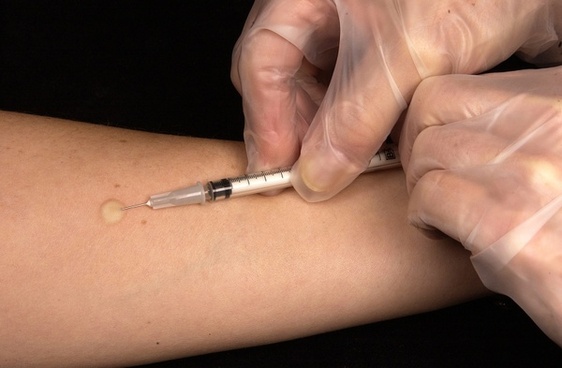In pharmacovigilance(PV), narrative writing is an art of describing a single ICSR / or multiple ICSR in aggregate manner but with scientific and medical sense.
Narratives are part of various reports in PV such as clinical study reports, IND (Investigational New Drug) safety letter, PBRER(Periodic Benefit Risk Evaluation Report), Signal management reports etc. But for the ease of understanding and presentation, we will talk about narratives for ICSR (Individual Case Safety Report).
Each MAH (Marketing Authorization Holder) has their own internal SOPs (Standard Operating Procedures) as guidance and specific format of narratives. The guidelines available from the Health Authorities (HA) describes the elements that are expected by them without template, hence each MAH has to decide own template keeping HA guidance in mind.
In this blog we will cover narratives for different types of ICSR , sample format and brief summary of 3 HA guidelines on narrative writing.
A. Clinical trial (CT) cases/ICSR:
1. Relevant narrative only:
Usually this ICSR have lot of information and data because the reporter (Investigator) is mandated to provide it. Hence, writing clinical case narratives should be focused more on event and investigational drug while applying clinical knowledge to exclude large portions of data that has no relevance to event or drug (e.g. hospital discharge summaries, lab data unrelated to event etc).
2. Specific format:
For this ICSR specific format should be followed. The narrative should include information such name of clinical trial, patient details (age, gender), medical history (most relevant to reported event and/or to disease under investigation), concomitant medications (special attention to any prohibited medications, drug-drug interactions etc.)
3. Blinding information:
Generally, the technical setting in PV database should be checked as narratives are reflected on *CIOMS. Hence, refrain from adding comments that disclose blinding information (e.g. placebo or investigational drug). Reason being, IND safety letter and/or as part of site TMF (trial master file), CIOMS are forwarded to site and this will be violation of GCP (Good Clinical Practice) in case of double blinded study.
4. Missing information or follow up attempts:
It is a good practice to mention regarding missing critical information required for assessing causality of the ICSR. Apart from being it a good documentation practice, it is helpful for a reader assessing this ICSR later, to understand follow up attempts were made regarding the ICSR for critical information necessary for complete assessment of ICSR.
5. Reporting as it is:
Refrain from making own conclusions in ICSR’s especially in CT cases, as these are solicited cases and clarification can always be sought from Investigator (Medical doctor) instead of making own conclusions.
B. Spontaneous cases:
These are the cases that are reported by patients/consumers, which has very minimum information or vague information. Many times, the source document is also not readable. The events, drug or patient details are also bare minimum. So narrative writing becomes very tedious. The focus should be to make a clincial story that makes sense without confusing readers with lot of redundant sentences just to follow the narrative template of MAH.
1. Missing information - There is lot of missing information, writing redundant sentences such as “medical history not available, comments not available” etc should be avoided. This should be summarised in company comment. Even if MAH do not write company comments it is still fine to avoid writing it. As it is not mandatory to have company comment, is a good practise to write follow up sentence in narrative, mentioning that “medical history, comments etc” missing information was sought and awaited or will not be available. Including lost to follow up sentence is very important which comes handy, when undergoing audit or inspection, where we can document that all follow up attempts were made and no data was still reported.
2. Language – As these are unsolicited ICSR which are reported by consumers/patients the language is non-medical which makes very less sense. Additionally, if the reporters first language is not english then writing narrative is more tedious. In such cases, only coherent and relevant data should be picked up from source document by using own clinical judgement and reproduced in narrative in a sensible clinical story pattern.
3. Template – Lot of MAH have auto narrative feature in PV database, but it makes no sense in unsolicited cases when lot of data is missing and events as reported terms (these are exact terms used by reporter to describe events which are very vague) are populated in narrative. Hence PV professional should edit it again to make it coherent. Necessary template should be used as guidance and set criteria for writing narrative. The goal should be to make sense of what happened to patient (event and drug) and then present it in meaningful way.
C. Flow:
As an example, here is the flow that is usually followed by most of the MAH.
1. Paragraph 1:
1.1 Solicited or unsolicited case (spontaneous, CT, literature, legal, compassionate use, pregnancy registry, HA cases) .
1.2 CT case – Study ID and CT title and EUDRA-CT number.
1.3 Patient identifiers: Pay attention to local country specific HA requirement . (e.g. GDPR).
2. Paragraph 2: Event and suspect drug details.
3. Paragraph 3: Medical history,surgical history, historical drugs and concomitant medications.
4. Paragraph 4: Description of event/s in relation to suspect drug/s, when patient started taking suspect drug/s, after how much time he/she had event/s, seriousness of event/s, lab investigations to diagnose event/s, treatment given, action taken with suspect drug/s, dechallenge/rechallenge and outcome of event/s.
5. Paragraph 5: Reporter comments (Investigator/Reporter/Author) – reporters assessment of seriousness and causality.
6. Paragraph 6: Company comment: This is not always written by all MAH but expected for CT cases. This should be written for CT cases by HCPs (HealthCare Professionals). For other cases, written by HCP/PV professionals. It describes company’s stand regarding causality and listedness/expectedness of event/s.
7. Paragraph 7: As a good practice many MAH’s include a sentence mentioning follow up attempts made to sought missing information to reporter. The usual industry practice is 3 attempts for serious cases and 2 attempts for non-serious cases after which a close of follow up attempt sentence is added.
D. Health Authority Guidelines for narrative writing:
Usually HA guidelines provide outline regarding what information should be added for a good narrative but do not give very strict specific format. As a brief note, below information from EMA, FDA and Health Canada guidelines can be checked.
1. EMA and ICH guidelines: ICH-E2D and GVP Annex IV: These talk about presenting information in a logical time sequence meaning how the patient started experiencing event i.e. appearance of first symptoms after taking suspect drug and then following the chronology in terms of clinical course of event, lab, treatment measures, outcome and follow-up information awaited or received. In case of death ICSR, relevant autopsy or post-mortem data should be added. With respect to the patient identifiers, information should be provided in accordance with local data protection laws. Case narratives should not include information that could lead to the identification of the patient, his/her hospital, HCP, treatment center etc details.
2. FDA guideline : As per FDA, a good case reports include the following elements:
Description of the adverse events or disease experience and it’s clinical course including time to onset of signs or symptoms; Suspected and concomitant product therapy details, Patient details, including medical history; Documentation of the diagnosis of the events, patient outcomes (e.g., hospitalization or death); Relevant therapeutic measures and laboratory data at baseline, during and post recovery of event, during therapy, dechallenge and rechallenge; and any other relevant information
3. Health Canada: As per this guidelines, the narrative should describe the following: the nature and intensity of event, its clinical course leading up to event, with an indication of timing relevant to test drug/investigational product administration; relevant laboratory measurements, whether the drug was stopped, and when; countermeasures; post mortem findings; investigator's opinion on causality, and sponsor's opinion on causality, if appropriate. In addition, the following information should be included:Patient identifier with medical history, relevant concomitant/previous medication with details of dosage, Test drug/investigational product administered, drug dose, if this varied among patients, and length of time administered.
*CIOMS~Also includes other reportable formats required by local HA's.
References:
1. FDA: IV - B. Characteristics of a Good Case Report https://www.fda.gov/files/drugs/published/Good-Pharmacovigilance-Practices-and-Pharmacoepidemiologic-Assessment-March-2005.pdf
2. EMA: VI.C.6.2.2.4. Case narrative, comments and causality assessment https://www.ema.europa.eu/en/documents/regulatory-procedural-guideline/guideline-good-pharmacovigilance-practices-gvp-module-vi-collection-management-submission-reports_en.pdf
3. Health Canada: 12.3.2 Narratives of Deaths, Other Serious Adverse Events and Certain Other Significant Adverse Events https://www.canada.ca/en/health-canada/services/drugs-health-products/drug-products/applications-submissions/guidance-documents/international-conference-harmonisation/efficacy/structure-content-clinical-study-reports-topic-health-canada-1996.html#a12.3.2
4. FDA: https://www.fda.gov/media/73593/download
Written by:
Dr.shraddha Bhange.
Connect with me Via comments below or on linkedin. (I do not respond to Facebook messages)
Special Thanks for co content creation- Dr.Suresh PVVD.




